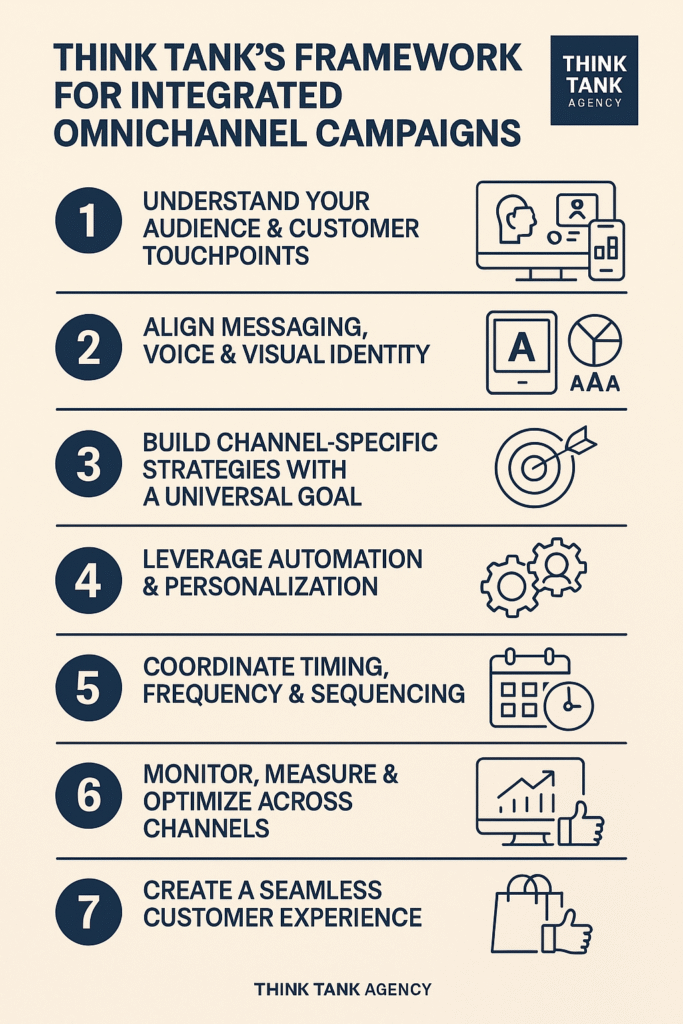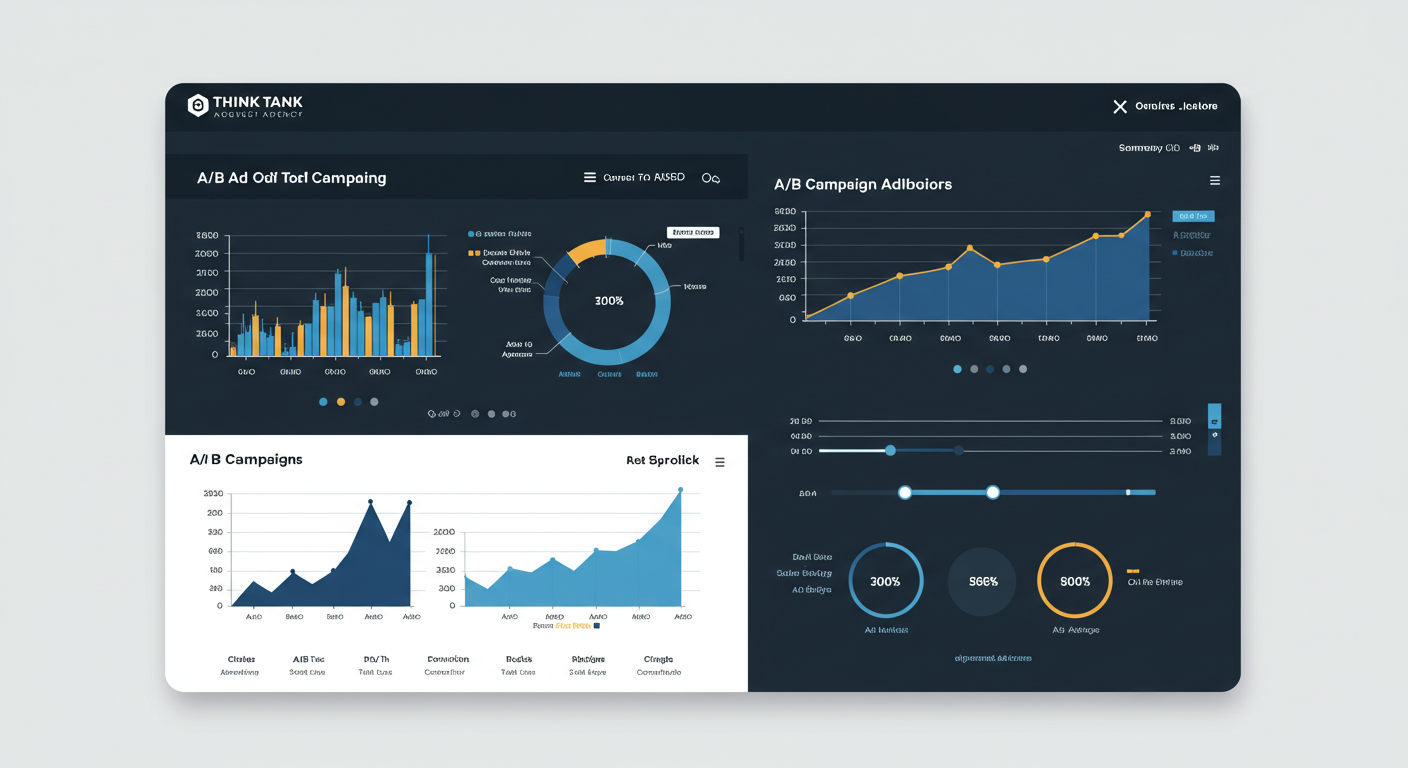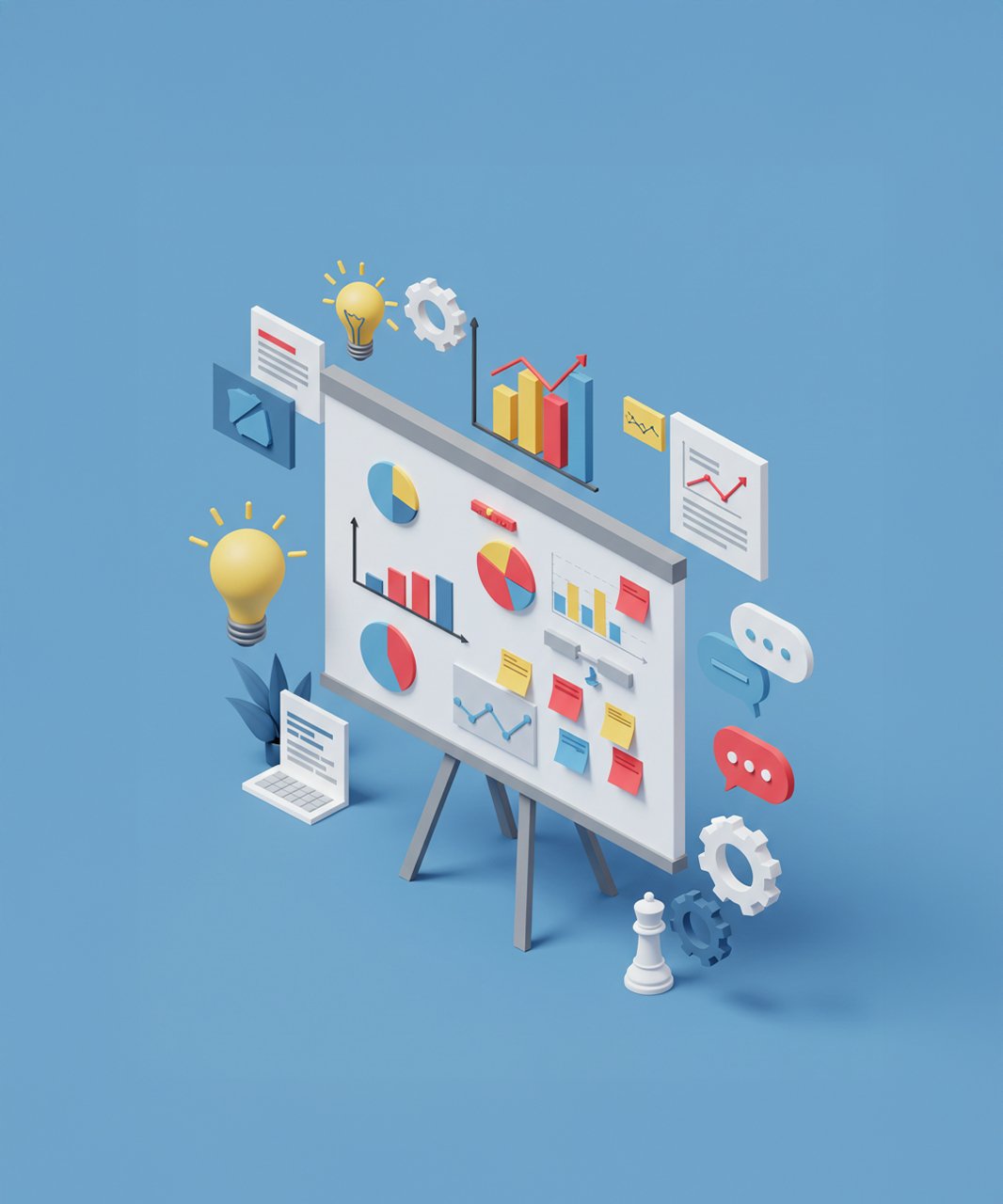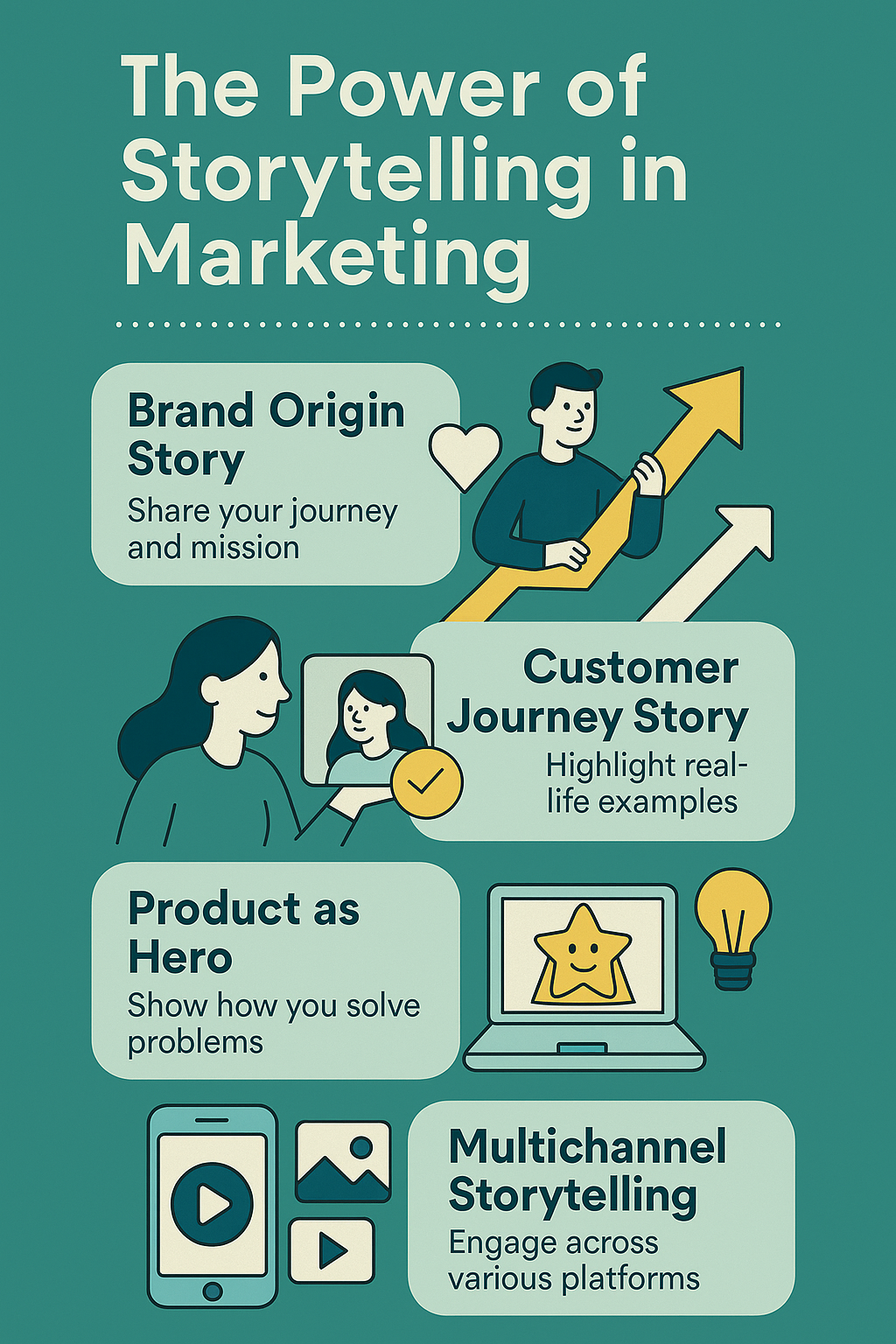Why Omnichannel Matters
In today’s fragmented digital world, customers jump between social media, search engines, email, and offline touchpoints before making a decision. A successful brand journey demands integrated messaging and experience across every channel. That’s where Think Tank Agency’s omnichannel framework comes in—building seamless brand narratives that increase conversion, loyalty, and long-term ROI.
1. Understand Your Audience & Customer Touchpoints
-
Map out where your audience interacts with your brand—from Instagram and Google ads to emails and in-store visits.
-
Build audience segments based on behavior, demographics, and purchase intent.
-
Example: a retail client with both online sales and a physical store tracks both digital and in-store activity to segment shoppers effectively.
2. Align Messaging, Voice & Visual Identity
-
Maintain consistent tone, style, and branding across all platforms.
-
Use templates for posts, emails, ads, landing pages, and offline assets.
-
Think Tank created a web‑to‑store campaign where identical creative ran on Instagram, email, and in-store screens, boosting brand recall by 35%.
3. Build Channel-Specific Strategies with a Universal Goal
-
Focus on CTA consistency: “Learn more” on ads, “Read full article” in email, “Visit store now” offline.
-
Integrate channels in a smart sequence (e.g. Paid ad → retargeting ads → email → SMS).
| Channel | Role in Funnel | Example Tactic |
|---|---|---|
| Social Ads | Awareness | Automated product discovery ads |
| Retargeting | Consideration | Abandoned cart messages |
| Conversion/Nurture | Cart recovery sequence | |
| SMS/Push | Conversion Reminder | Promo reminders last 24 hrs |
4. Leverage Automation & Personalization
-
Use marketing platforms like Klaviyo, HubSpot, or ActiveCampaign.
-
Segment based on channel engagement (e.g. clicked ad, visited product, abandoned cart).
-
Display personalized content: dynamic emails with product recommendations based on browsing behavior.
5. Coordinate Timing, Frequency & Sequencing
-
Plan cross-channel calendars to avoid overloading audiences.
-
Sequence communications (e.g. ad → email → retarget).
-
Think Tank coordinated a campaign where midweek ads and weekend emails lifted conversions by 22%.
6. Monitor, Measure & Optimize Across Channels
Track the following metrics to evaluate omnichannel effectiveness:
-
Reach & impressions (ads, email sends)
-
Engagement (comments, email CTAs)
-
Conversions (cart completion, demo requests)
-
Revenue attribution by channel
Custom dashboards help visualize performance and refine strategies in real-time.
7. Case Study: Seamless Experience for a Retail Brand
A lifestyle brand sold a capsule collection both online and in physical stores. By creating unified ads, in-store screens, email follow-ups, and SMS reminders:
-
📈 Online sales increased 45%
-
🏬 In-store foot traffic up 30%
-
🛒 Cart-abandonment recovery reached 28% conversion
FAQs
-
What’s the difference between multichannel and omnichannel?
– Multichannel is being everywhere; omnichannel is being coherent everywhere. -
Which channels are essential for omnichannel?
– It depends on your customer—Look at where they already are. -
Can small businesses benefit from this?
– Absolutely—even email+ads+SMS achieves strong results. -
How do you prevent audience fatigue?
– Careful sequencing + frequency limits + consistent testing. -
What’s a good attribution model?
– Multi-touch path tracking (e.g. first/last click plus assisted conversions). -
How long before results show?
– Typically 2–3 months for measurable cross-channel performance lift.
Conclusion: Orchestrated Marketing That Converts
In 2025, fragmented campaigns won’t cut it. Brands need orchestration, not just presence. Think Tank’s omnichannel framework marries creativity, data, and automation—delivering consistent experiences that move customers to action across channels.






